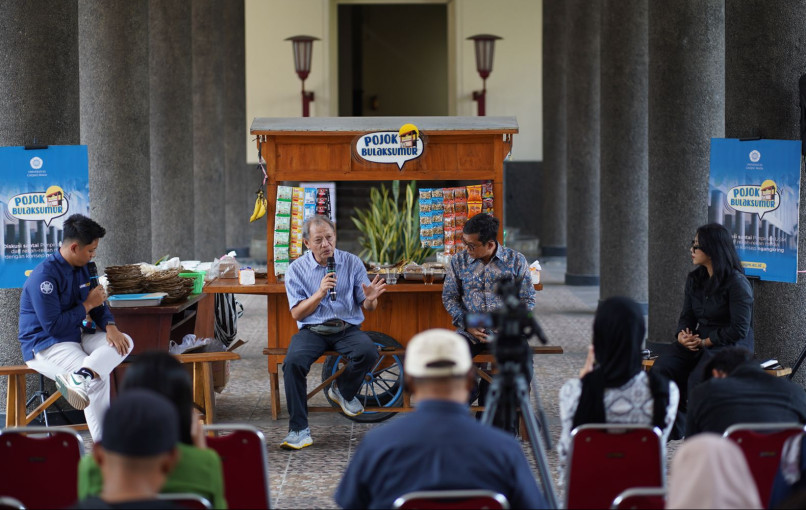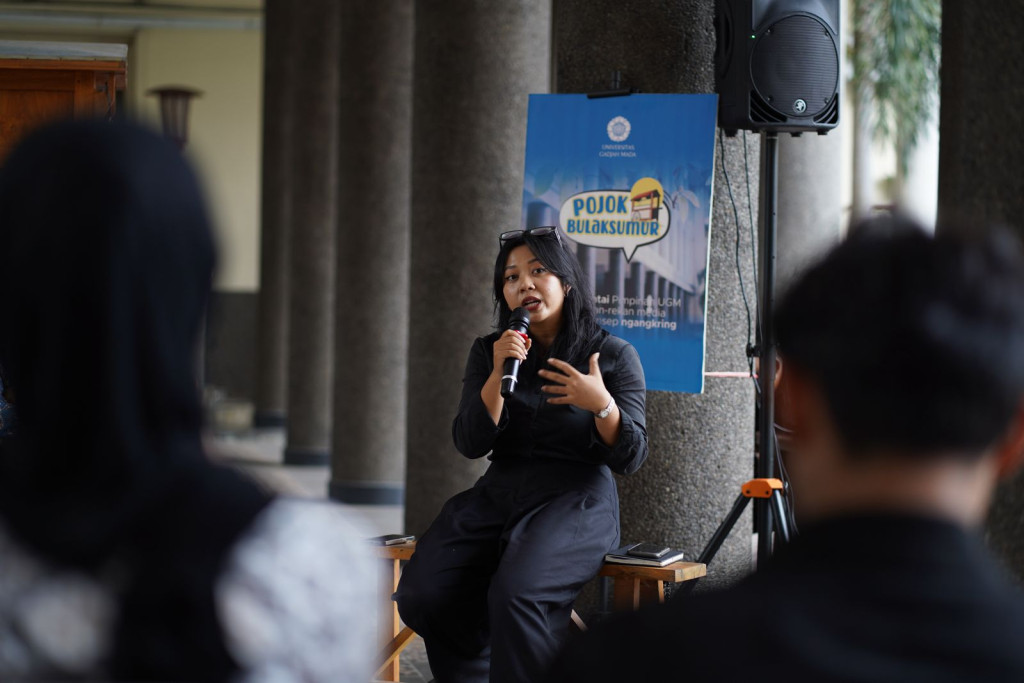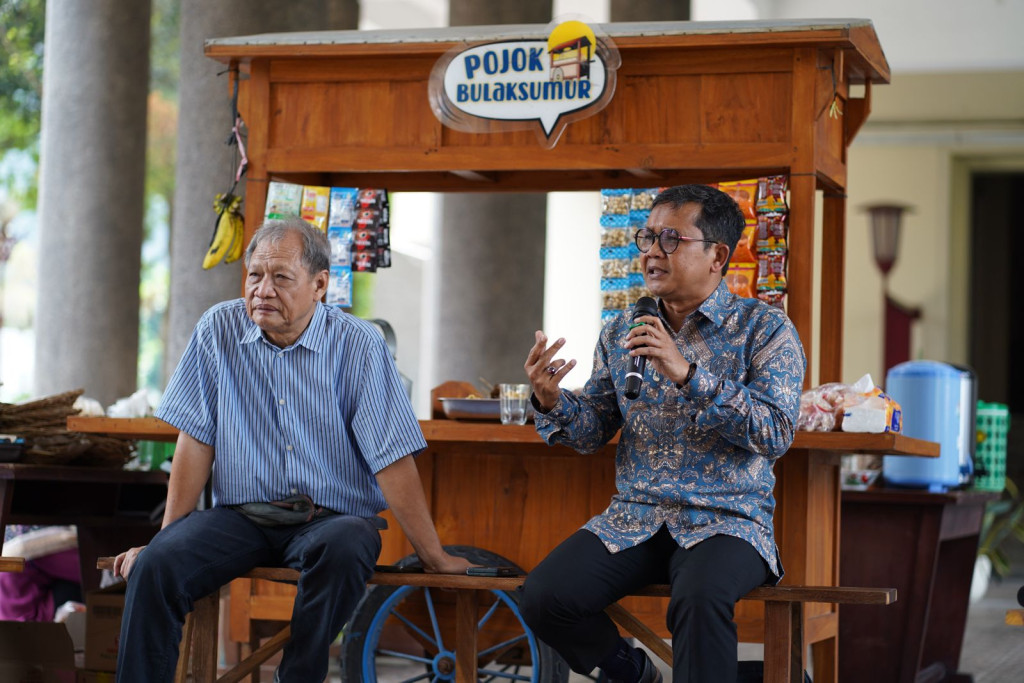
Ahead of Indonesia’s 80th Independence Day, social media has been abuzz with the appearance of the One Piece flag, an anime symbol hoisted alongside the national Red-and-White. The action quickly gained public attention, even prompting the government to respond by labeling it a potential legal violation.
According to Ayom Mratita Purbandani, a researcher at the Center for Digital Society (CfDS), Faculty of Social and Political Sciences, Universitas Gadjah Mada (Fisipol UGM), this phenomenon is best understood as symbolic resistance and an expression of civic freedom, rather than a threat to the state.
Purbandani explained that the use of popular culture symbols has become a creative channel for society to express social criticism.
“This is a symbolic protest. Popular culture idioms are used as a medium of critique, similar to the three-finger salute in Thailand or the watermelon symbol in support of Palestine,” she said on Thursday (Aug. 14).
She noted that such forms of resistance are often spontaneous, emotional, and spread rapidly on social media, in contrast to conventional demonstrations. For this reason, Purbandani viewed the government’s reaction in labeling the action as subversive as a sign of political paranoia.

Furthermore, she emphasized that restricting this kind of expression could create the impression that civic space is shrinking.
“Such actions are usually short-lived and not structurally organized. But if the government responds harshly, the protest message only grows stronger,” Purbandani explained.
For younger generations, popular culture idioms are an effective medium for criticism. Their light and familiar nature make them widely accessible.
“Young people today have many ways to voice their concerns. They use familiar symbols so their message can be broadly understood,” she added.
Purbandani also stressed the importance of wisdom on the part of the government in addressing such phenomena.
“Symbolic resistance opens new spaces for more imaginative and inclusive political practice. Rather than reacting defensively, it should be seen as a form of criticism that deserves to be heard,” Purbandani continued.
In closing, she underlined that although these protests carry political nuances, their form of expression makes them more effective and communicative.
“This type of resistance is not confrontational, but it is effective because it speaks to people’s humanity and imagination,” she said.
Political sociologist Dr. Arie Sujito also argued that the raising of the One Piece flag should not be seen as a radical movement. The symbols used represent struggles and long journeys toward achievement, a response that is not new in society’s response to political life.
According to Dr. Sujito, the phenomenon is not an indication of a political or economic crisis but rather an accumulation of public dissatisfaction with the government. Social media has accommodated such expressions, enabling society to convey its unrest.
“Prohibition will not be effective. Effective resonance requires openness, clear articulation, and acknowledgment of the underlying message. Symbolically and substantively, this is how people remind us of pressing issues,” he said.
He noted that important issues are often overlooked due to the flood of trivial information on social media. The One Piece flag phenomenon has been successful in bringing substantive concerns to the public eye. It reflects calls for justice and highlights national crises that demand government attention.

Cultural scholar Professor Faruk observed a shifting trend in the way Indonesians celebrate Independence Day. While the Red-and-White used to be represented with gateways, bamboo spears, and flags, today these expressions are packaged in more creative forms. The key question, he said, is whether such movements are organic or orchestrated.
Professor Faruk explained that if a movement appears spontaneous yet lacks continuity, it may be orchestrated by certain groups with specific agendas. However, he did not see this as the case with the One Piece flag phenomenon. He linked it instead to the continuation of movements such as Indonesia Gelap (Dark Indonesia) and Constitutional Emergency.
“This can be seen either as a political protest or as creativity. From the creative side, it is a unique communication strategy, delivering criticism through a particular context,” Professor Faruk said.
He added that the criticism was voiced in the distinctive style of young people, signaling a shift in how Independence Day is celebrated. Rather than radicalism, society is expressing genuine concern over the nation’s current condition.
Authors: Tasya and Ika
Editor: Gusti Grehenson
Photographer: Firsto

